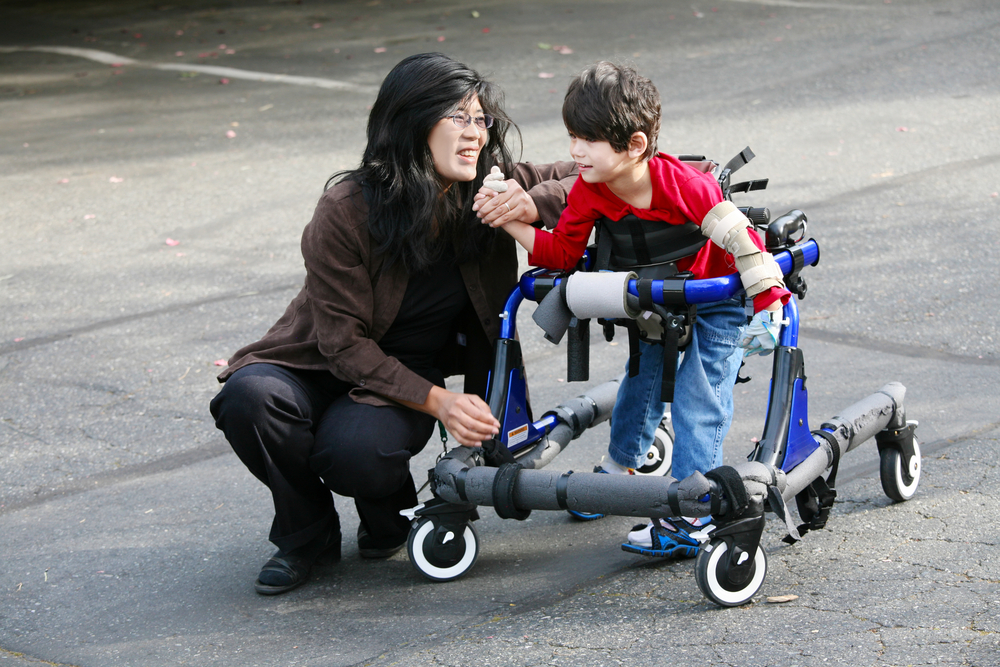Understanding Cerebral Palsy and Its Impact on Movement
Defining Cerebral Palsy: A Neurological Overview Cerebral Palsy (CP) is a neurological disorder that arises due to damage to the developing brain, often occurring during pregnancy, birth, or infancy. This condition manifests in early childhood, typically by the age of three, and is characterized by a range of motor disabilities and movement disorders. The severity and type of CP can vary widely among individuals, making it a complex condition to define and manage. The most common type of CP is spastic cerebral palsy, which affects approximately 80% of those diagnosed with the condition. Spastic CP is marked by increased muscle...

